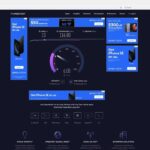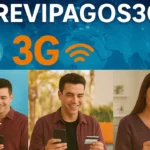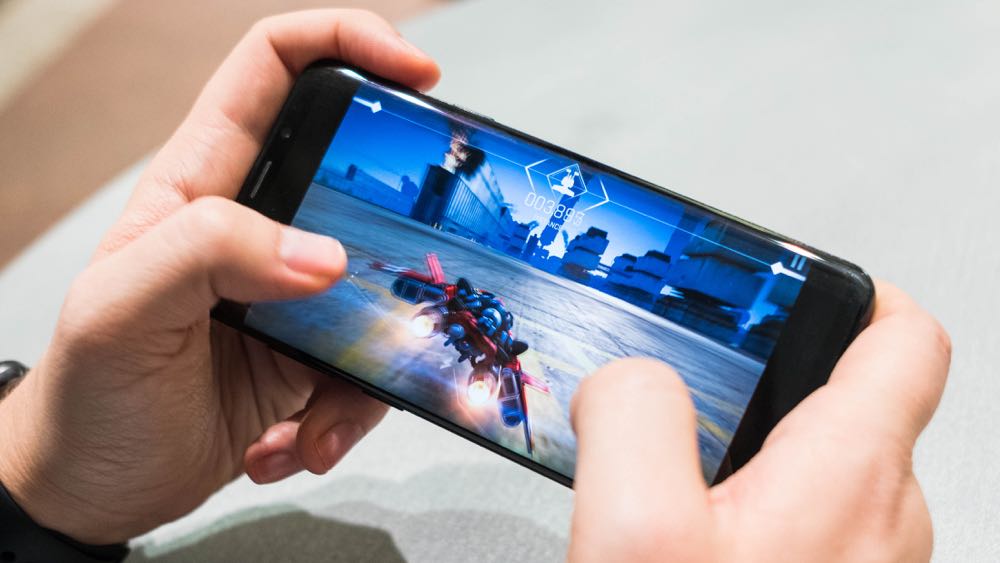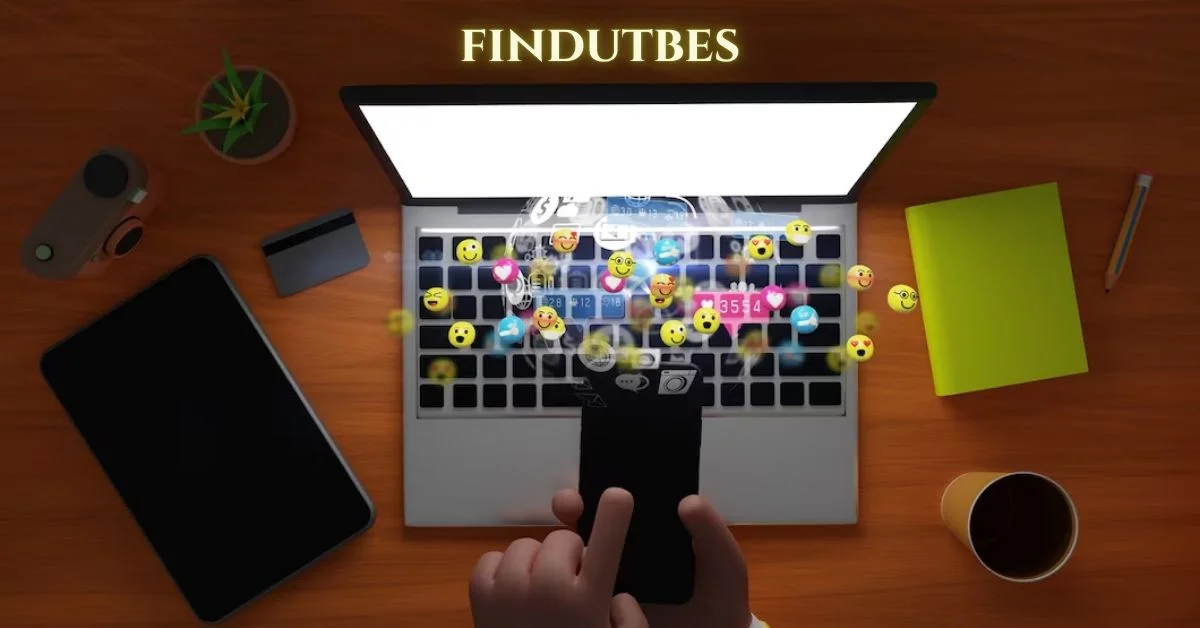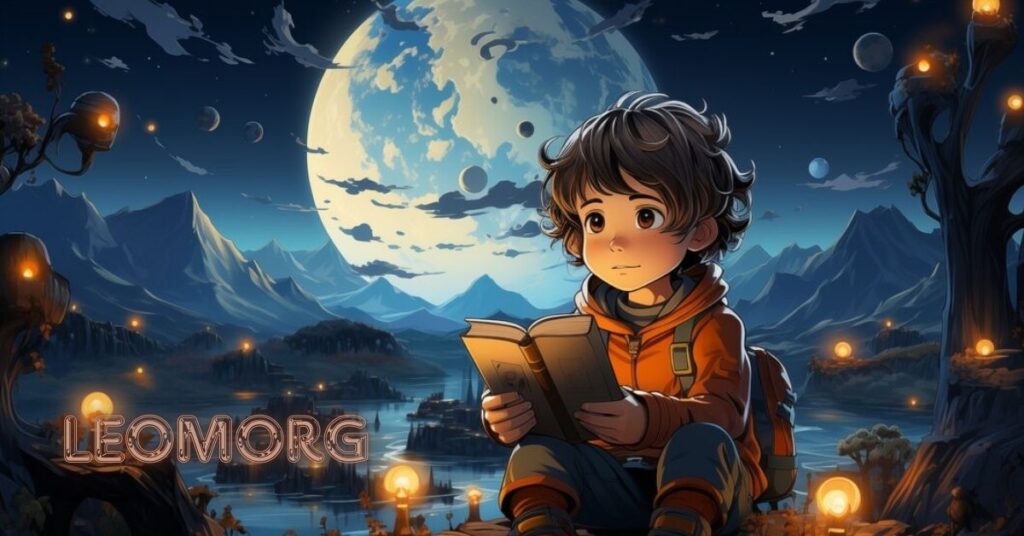The internet continually spawns niche subcultures and terminologies, often blending pre-existing concepts into new, sometimes controversial, identities. One such term that has gained traction in certain online spaces, particularly within discussions around masculinity, sexuality, and alienation, is “twinkcel.” Understanding this term requires dissecting its components and the social dynamics it reflects.
Deconstructing the Term:
- Twink: Originating within gay male subculture, “twink” typically refers to a young man (often perceived as late teens to early 20s) with a slim, hairless, boyish physique, often associated with a specific aesthetic and sometimes perceived as non-threatening or effeminate.
- Incel: Short for “involuntary celibate,” this term describes individuals (primarily, though not exclusively, heterosexual men) who feel unable to find romantic or sexual partners despite a desire for them. The incel community online is often associated with deep resentment, misogyny, a sense of entitlement, and sometimes violent ideologies blaming women and society for their situation.
The “Twinkcel” Fusion:
A “twinkcel,” therefore, is generally understood as:
- An individual (often, but not exclusively, identifying as male and gay/bi) who possesses the physical characteristics associated with a “twink” (slim, youthful, hairless).
- Yet, despite fitting this conventionally desirable aesthetic within certain gay communities, they identify as involuntarily celibate or chronically unsuccessful in finding romantic/sexual partners.
- They often express feelings of profound loneliness, social isolation, rejection, and sometimes bitterness or resentment, echoing sentiments found in broader incel spaces.
Why Does This Identity Emerge?
The existence of the “twinkcel” concept highlights several complex social and psychological factors:
- The Tyranny of Subcultural Standards: Even within communities that celebrate specific body types (like the “twink” ideal), not everyone who fits the mold finds acceptance or connection. Factors like social anxiety, personality clashes, geographic isolation, or simply bad luck can prevent connection. The “twinkcel” label expresses the frustration of feeling desirable on paper but still being alone.
- Internalized Expectations and Rejection Sensitivity: Fitting the “twink” archetype can create internal pressure to be successful in dating/hookups. Failure to meet this self-imposed or perceived external expectation can lead to intense feelings of inadequacy and heightened sensitivity to rejection.
- The Lure of the Incel Narrative: For individuals experiencing chronic loneliness and rejection, the incel worldview – which provides a clear, albeit toxic, scapegoat (women, “Chads,” society) and a sense of belonging with others who feel similarly wronged – can be dangerously appealing. The “twinkcel” adopts this framework to explain their perceived failure despite their “marketable” traits.
- Beyond Physical Appearance: It underscores that finding connection is about far more than just fitting a physical ideal. Social skills, emotional availability, confidence (or lack thereof), shared interests, and plain circumstance play enormous roles that physical appearance alone cannot overcome.
- Online Echo Chambers: Like other incel-adjacent identities, the “twinkcel” concept thrives in specific online forums and communities where individuals reinforce each other’s negative beliefs and victimhood narratives, potentially deepening isolation and resentment.
Controversies and Concerns:
- Perpetuating Harmful Ideologies: By adopting the “incel” suffix, the “twinkcel” identity risks importing the misogyny, racism, and entitlement often prevalent in those spaces, even if initially directed towards their own community dynamics.
- Oversimplification and Determinism: The label can trap individuals in a self-fulfilling prophecy. Believing you are inherently an unlovable “twinkcel” can cripple motivation for self-improvement (beyond looks) or genuine social engagement.
- Potential for Self-Hatred: It can foster intense self-loathing focused on both physical traits (not being the “right” kind of twink?) and perceived personality failings.
- Distraction from Underlying Issues: Chronic loneliness and difficulty forming relationships often stem from deeper issues like social anxiety, depression, trauma, or undeveloped social skills. The “twinkcel” framework often obscures these, focusing blame externally or on a fixed identity.
Moving Beyond the Label:
While the term “twinkcel” captures a specific experience of alienation felt by some who fit a desirable aesthetic yet feel romantically unsuccessful, it’s crucial to approach it critically:
- Recognize the Nuance: Loneliness and rejection are painful, valid experiences, regardless of how someone looks. Dismissing someone’s struggles because they are “attractive” is unhelpful.
- Reject Toxic Narratives: Actively challenge the misogynistic, entitled, and defeatist ideologies that often accompany incel terminology. These are harmful to both the individual and society.
- Focus on Holistic Growth: Encourage moving beyond physical appearance as the sole metric of worth or the key to connection. Developing social skills, emotional intelligence, hobbies, and self-compassion are far more sustainable paths to fulfilling relationships.
- Seek Support: If struggling with loneliness, social anxiety, or depression, seeking professional help (therapy, counseling) or joining supportive communities focused on positive growth is far healthier than dwelling in resentful online echo chambers.
Conclusion:
The “twinkcel” is a modern internet-born identity born from the collision of specific subcultural aesthetics and the pervasive narrative of involuntary celibacy. It highlights the painful reality that fitting a physical ideal does not guarantee connection or happiness, and that loneliness can affect anyone. However, the term’s linkage to the toxic incel ideology makes it deeply problematic. Understanding its origins and the feelings behind it is important, but moving individuals towards self-compassion, genuine community, and rejecting harmful narratives is the necessary step forward. True connection requires vulnerability, effort, and looking beyond labels – both those imposed by others and those we impose on ourselves

